jwhit
TPF Noob!
- Joined
- May 22, 2013
- Messages
- 2
- Reaction score
- 0
- Can others edit my Photos
- Photos NOT OK to edit
Hey all. I was making a pinhole camera project at work and kept getting back uncool results http://oi40.tinypic.com/fz3wbo.jpg (sorry, i was mobile  ). I only had highschool photo (2yr), and I can't remember how I did my pinhole assignment all those years ago. Needless to say, this current craft is kicking my butt. I'm running out of self-reliance, and if anyone can enlighten me that would be great
). I only had highschool photo (2yr), and I can't remember how I did my pinhole assignment all those years ago. Needless to say, this current craft is kicking my butt. I'm running out of self-reliance, and if anyone can enlighten me that would be great 
Here is the camera I've narrowed down to (after trying boxes of all sorts): http://oi41.tinypic.com/wl29w8.jpg. This pinhole was actually made with a paper clip; I got frustrated and the work day was almost ending so I was still testing. I used a proper needle for the first boxes.
The black pictures were exposed for ~2mins. The lighter ones at 5-15secs. The lightest one at the bottom was my test to see if my paper was bad.
I am using a brewed developer of 8oz water, 2 tsp instant coffee crystals, 4 tsp washing soda. I also tried 8000mg of vit c, but then I threw that developer out when I kept getting pitch black returns.
Stop bath of water:vinegar 4:1
Fixer is Kodak, all directions followed.
Anyone? Thanks!
Here is the camera I've narrowed down to (after trying boxes of all sorts): http://oi41.tinypic.com/wl29w8.jpg. This pinhole was actually made with a paper clip; I got frustrated and the work day was almost ending so I was still testing. I used a proper needle for the first boxes.
The black pictures were exposed for ~2mins. The lighter ones at 5-15secs. The lightest one at the bottom was my test to see if my paper was bad.
I am using a brewed developer of 8oz water, 2 tsp instant coffee crystals, 4 tsp washing soda. I also tried 8000mg of vit c, but then I threw that developer out when I kept getting pitch black returns.
Stop bath of water:vinegar 4:1
Fixer is Kodak, all directions followed.
Anyone? Thanks!


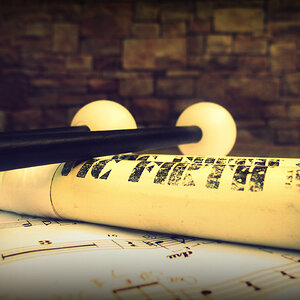
![[No title]](/data/xfmg/thumbnail/31/31980-e5048a424621c7b3cd0d306d63c09d67.jpg?1619735137)
![[No title]](/data/xfmg/thumbnail/37/37660-eb4529b6ea38a042c4e9b64866178d7b.jpg?1619738174)
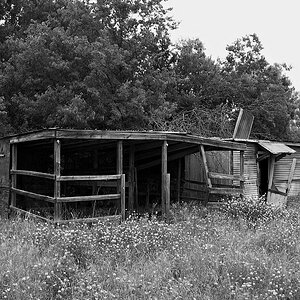
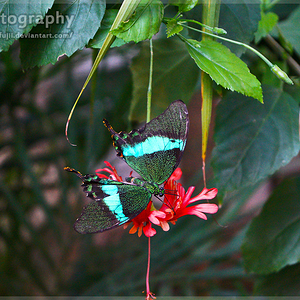
![[No title]](/data/xfmg/thumbnail/31/31977-2b717e032201241cbeae8226af23eba4.jpg?1619735136)
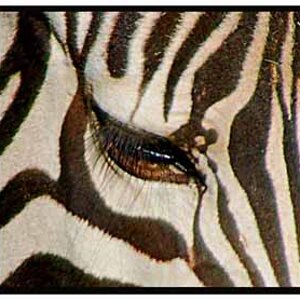
![[No title]](/data/xfmg/thumbnail/34/34063-09779b4ba56a0acb2b0fa36cf8720dfb.jpg?1619736260)
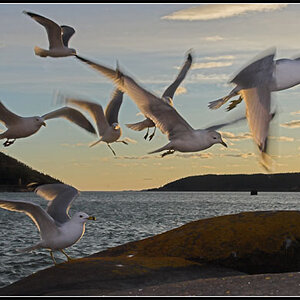
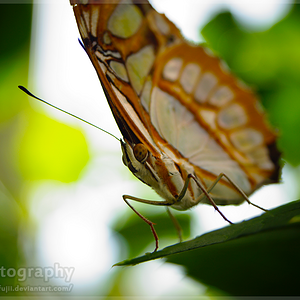
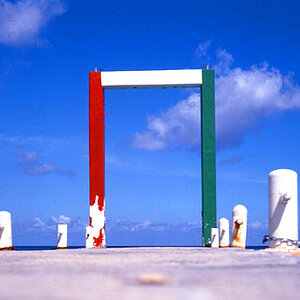
![[No title]](/data/xfmg/thumbnail/34/34061-e097813b3719866d07ff3e78e8119ffa.jpg?1619736258)